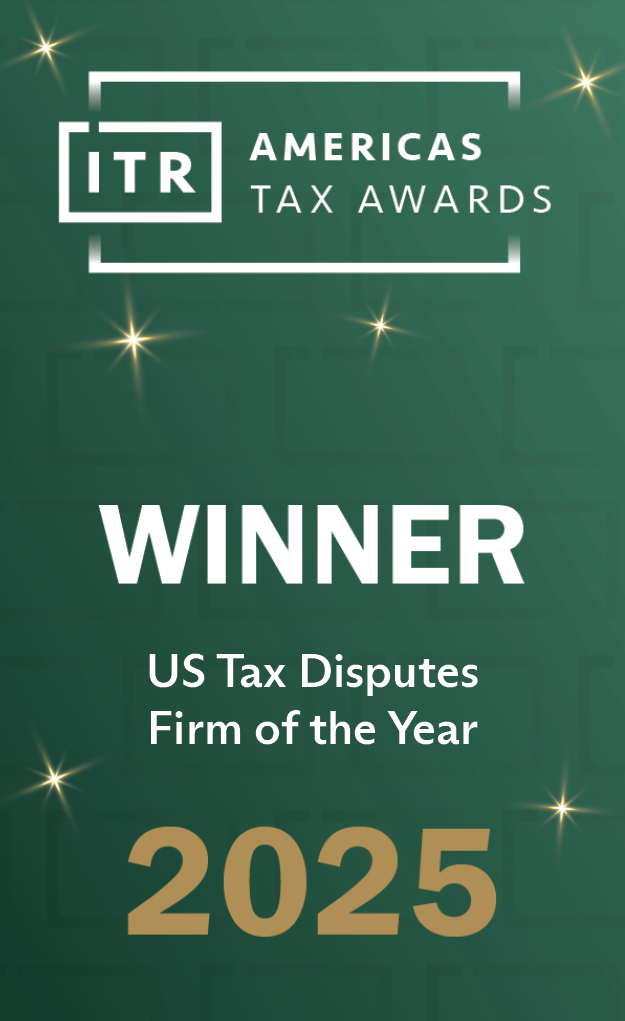Forms 2848 Power of Attorney and Declaration of Representative are intended to authorize the Internal Revenue Service (IRS) to discuss a taxpayer’s confidential tax matters with a designated representative. Generally, the form requires the taxpayer to identify the tax form number (where applicable), a description of the matter and specify the applicable tax year(s) for the authorization to be valid. If the IRS determines that an issue is beyond the scope outlined in the Form 2848 they will not discuss that item with the representative. It is important to understand how the IRS interprets these restrictions.
Importantly, on September 8, 2017, the IRS released TAM 201736021, dated August 1, 2017, which expresses a narrow view of whether certain civil penalties are related to certain tax returns for purposes of a Form 2848 authorization. The TAM notes that “merely listing ‘civil penalties’ on Line 3 of the Form 2848” may no longer be sufficient authorization if the civil penalty relates to a return that is not otherwise enumerated within the Form 2848. For example, the TAM concluded that a Form 2848 only identifying an income tax return, such as a Form 1120 or Form 1040, would not constitute authorization for the IRS to discuss civil penalties related to international information returns that may have to be filed with the income tax return, such as a Form 5471. Under the IRS’s view, the civil penalty would be related to the Form 5471 but not the Form 1120.
The TAM provided a second example, reaching a similar conclusion regarding the relationship between a Form 1040 and a Form 3520. In short, authorization would not exist for the IRS to discuss with a representative whether an IRC section 6677 civil penalty for failure to file Form 3520 is applicable if the Form 2848 only identifies the Form 1040. This result may be more intuitive since the Form 3520 is not attached to the Form 1040 and is required to be filed separately. However, it is still more demanding than having a broader application of the “civil penalties” designation on the Form 2848.
Practice Point 1: Forms 2848 are generally executed at the outset of a matter when it may not be readily apparent in what direction the audit will progress or what issues the IRS may focus on. While we disagree with the IRS’s position as stated in the TAM, taxpayers and practitioners need to be cognizant of the IRS’s position and may need to revisit their Forms 2848 during the course of an audit.
Practice Point 2: As a general matter, the IRS agent handling an audit will tell the practitioner if the agent believes that a current Form 2848 is not sufficient, but that does not always happen. So it is good practice for taxpayers to send the practitioner any correspondence or notices that they receive from the IRS and not merely rely on the presumption that the IRS also mailed a copy to the practitioner listed on the Form 2848.







